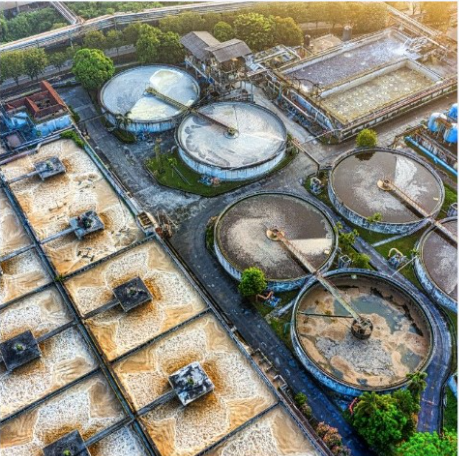Learn More About Diagnosing MIC

The chemistry of the operating environment strongly influences corrosion reactions and the activities of the microorganisms present.
The abundance, diversity and activity of microorganisms associated with corrosion damage are compared to areas without damage.
Characterization of the material and corrosion products provides insights about the corrosion reactions that have occurred.
Operational parameters such as temperature, pressure, velocity, fluid source, mitigation history, etc. are important for analyzing MIC.
Use the tabs below to learn more about each of the lines of evidence.
Microorganisms exist as free floating (planktonic) or attached to surfaces as biofilms (sessile). Biofilms are generally the most relevant to corrosion, rather than planktonic microorganisms. Characterization of microbial conditions falls into 3 main categories;
- Activity – which microorganisms are active vs. inactive or dormant? This is often measured using ATP.
- Enumeration – Which functional groups or populations are the most abundant?
- Diversity – Which taxonomic groups make up the community in biofilms?
For each of these categories, samples from corroded vs. uncorroded areas should be compared.
The chemical conditions in the environment affect both electrochemical corrosion reactions and the growth of specific microorganisms in the community. Local conditions in a biofilm on a surface can be significantly different than those in the bulk phase. Examples include:
- Dissolved gases: carbon dioxide, oxygen, hydrogen sulfide
- Anions and cations, total dissolved solids (TDS), salinity
- Organic acids e.g., acetic, formic, etc.
- pH (bulk and local), oxidation-reduction potential (ORP)
- Solids/sludge composition
- Elemental and mineralogical
- Organic vs. inorganic
- Particle characterization
Materials evidence includes analysis of surface deposits and corrosion products, metallurgical examination of the corroded material, and documentation of the corrosion damage severity and morphology. The physical appearance of the corrosion is not the primary factor in MIC diagnosis, since MIC can take many forms. Often, energy dispersive x-ray spectroscopy (EDS) is used to characterize the elemental composition of solids and surface deposits. The mineral composition of corrosion products is often determined using x-ray diffraction (XRD). Information from both methods can be useful for determining the corrosion mechanism.
The following parameters provide insights on the physical conditions present and are useful for helping characterize MIC;
- Pressure, temperature, velocity; periods of no flow, operational changes, process upsets
- Fluid sources – are they consistent?
- Maintenance and mitigation activities
- Asset design, presence of dead legs with no flow
- Historical conditions, service conversion
- All of the above can affect the chemistry and microbiology of the environment
It may be helpful to consider the following questions when integrating multiple lines of evidence to assess MIC:
- Are there differences in the types and numbers of microorganisms between corroded vs. uncorroded areas?
- Are there differences in the chemical environment between corroded vs. uncorroded areas?
- Where the physical/metallurgical conditions different between corroded and uncorroded areas?
- Are there chemical indicators (sulfides, organic acids, corrosion products, etc.) that could have resulted from the activity of specific groups of microorganisms?
- Are the microorganisms present capable of growth under the conditions of pH, temperature, oxygen levels, and salinity present in the environment?
- Is there a plausible mechanism by which microbial presence/activity influenced cathodic/anodic reactions? Are there abiotic conditions present that could explain the corrosion mechanism?
Watch this short video on using MLOE
Want to know more about MIC threat assessment?

Join MIC E-Learning Academy for Course 103: Fundamentals of MIC Threat Assessment
MIC threat assessment is the process of collecting and integrating multiple lines of evidence about an asset to determine if MIC is a threat that must be mitigated and monitored. MIC threat assessment is also performed during asset design to help in materials selection and the need for mitigation in the asset design. Learn how data from molecular microbiological methods (MMM) are used to help assess MIC threats and how MMM data should be integrated with other important information about the operating environment.